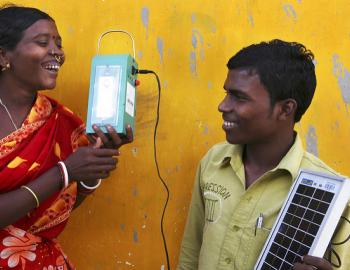Organisation:
Government of India
Organisation:
Government of India
The Government of India, officially known as the Union Government, and also known as the Central Government, was established by the Constitution of India, and is the governing authority of the union of 28 states and seven union territories, collectively called the Republic of India. It is seated in New Delhi, the capital of India.
The government comprises three branches: the executive, the legislative and the judiciary. The executive branch headed by the President, who is the Head of State and exercises his or her power directly or through officers subordinate to him.[1] The Legislative branch or the Parliament consists of the lower house, the Lok Sabha, and the upper house, the Rajya Sabha, as well as the president. The Judicial branch has the Supreme Court at its apex, 21 High Courts, and numerous civil, criminal and family courts at the district level.
The basic civil and criminal laws governing the citizens of India are set down in major parliamentary legislation, such as the Civil Procedure Code, the Indian Penal Code, and the Criminal Procedure Code. The union and individual state governments consist of executive, legislative and judicial branches. The legal system as applicable to the federal and individual state governments is based on the English Common and Statutory Law. India accepts International Court of Justice jurisdiction with several reservations. By the 73rd and 74th amendments to the constitution, the Panchayat Raj system has been institutionalised for local governance.

